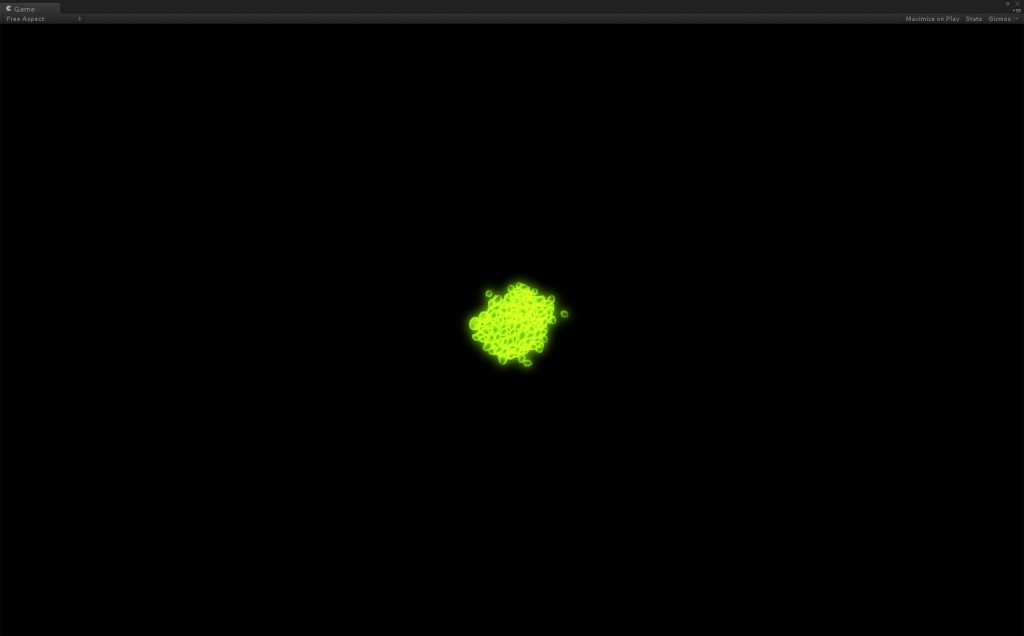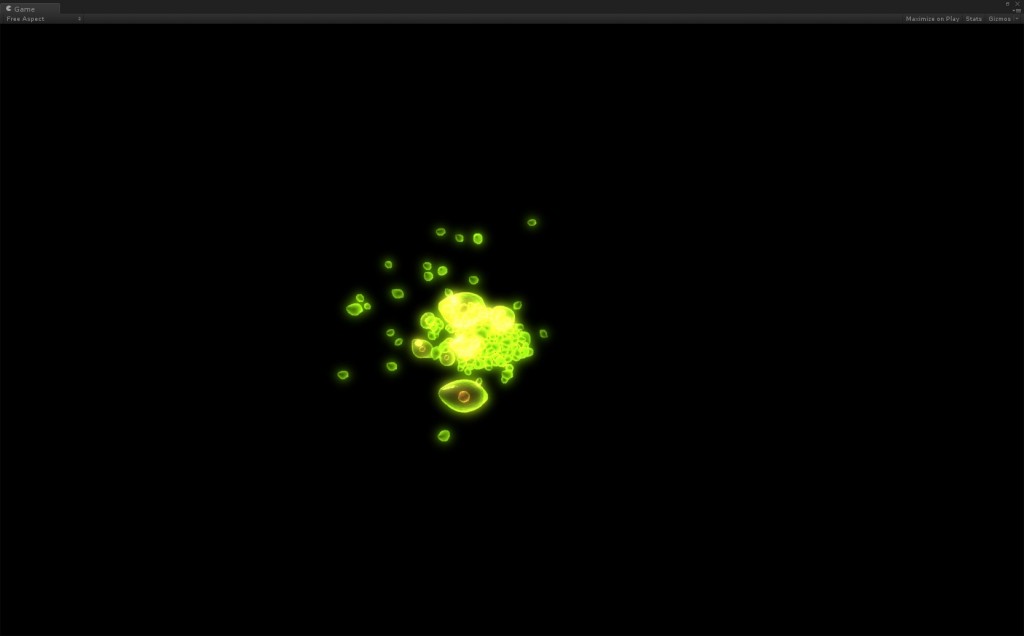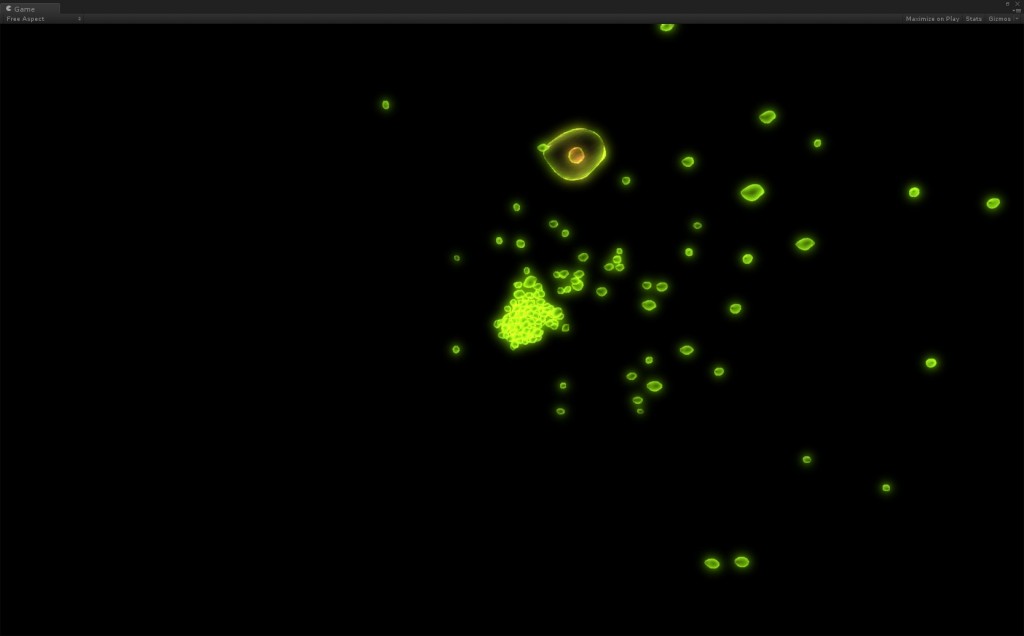This was quarters week. While we were still moving towards overall progress, most of our efforts were directed towards the quarters at the end of the week. Having the quarters at the end of the week helped us in a way such that we could actually work towards our progress which would also be what we would show at quarters. We were primarily focussing on creating a working prototype which we could exhibit at quarters.
This week we got hold of some of the equipment we required to begin our work. We received the first sound to MIDI converter and tested it to see if it really works. Victor began by making a simple prototype where he could identify every single that could be played. We had some faculty and students have fun with this prototype; Jesse Schell even played his harmonica and the system could recognise each single note.
The art team worked on creating a storyboard for our narrative. Nayoung picked out some reference images for the same and built a narrative that matched the four movements. We had a detailed discussion about the flow of the narrative and how each movement represents a portion of the great cycle of life and death. With this in place, our artist began working on concept art for the stage setup and how our visuals would look on screen.
We also managed to have our client, Dr. Thomas come down to the ETC and see the progress that we’ve been making. She was very appreciative of the visuals and the idea of having a narrative through the four pieces and having an overarching theme. We were also able to show her the software working and recognizing the notes; this assured her of the team’s capability to deliver what she needed.
We rounded off the week with quarters. We had a very interesting real-time prototype prepared in time for quarters, which could take analog sound input from a microphone and MIDI input from an electronic piano. The analog sound would also be converted to MIDI signals, so the computer would see both the piano’s input and the microphone’s input as MIDI signals. We had the prototype setup as a live demo and the faculty had a blast playing around with the system. The faculty mentioned that it was a system that the musicians could have fun with playing music in order to create different visuals every time. We got some feedback mentioning that the prototype still seemed like it was just pretty pictures. Some questions were raised about the logistics of the stage setup. All in all, we thought that the quarters went over successfully and we got good feedback about the direction in which we should proceed.




Recent Comments